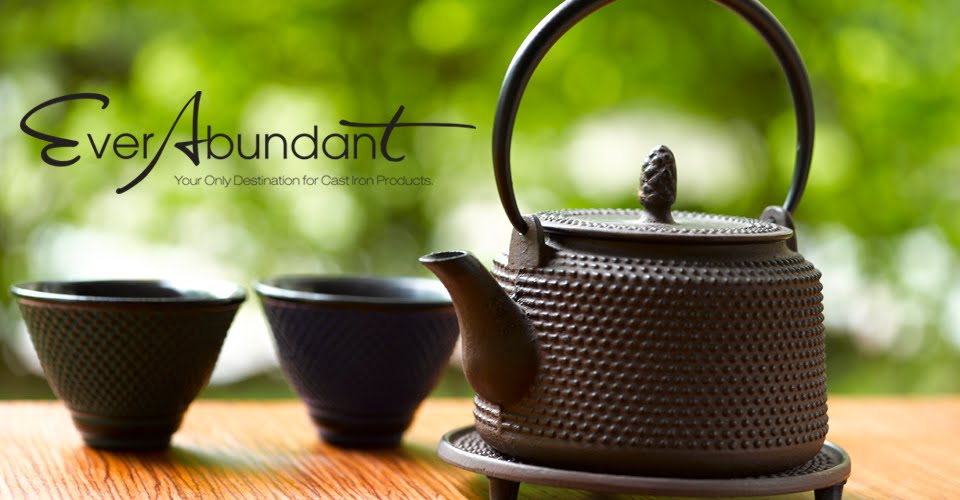Wabi-Sabi: the art of life.
>> Monday, June 18, 2012 –
Lifestyle
Wabi-sabi is the most striking of what we can define the traditional Japanese culture, and is the most remarkable philosophy that embrace every aspect of Japanese cultural identity. Most people may not even heard of this word, but you must have experience it somehow in your life. The Japanese architecture, industrial design, visual design, zen gardens, pottery, or even life style, are all deeply affected by this philosophy. The importance of Wabi-sabi for Japan, is as the Perfectionism to ancient Greek and Europe. To be general, Wabi-sabi is a form of lifestyle, but to be specific, it is a special kind of aesthetic concept.
Wabi-sabi characterize the beauty of imperfection, transience, incompletion, simplicity, and unconventionality. In fact, in Japan, there are also few people who can explain the meaning of Wabi-sabi. This is because Japanese never put this philosophy with theoretical concepts into the formal education and lectures. Some Japanese experts claim that Wabi-sabi should retain its mysterious characteristic, since this will make it more fascinated. The word Wabi-sabi is the combination of two Chinese characters "侘寂", however, the direct explanation of these two words cannot explain the true meaning of Wabi-sabi at all.
"Wabi" refers to a taste for quiet, vague suggestion, and simplicity, and incorporates rustic beauty, such as patterns found in straw, bamboo, clay, or stone into it. For example, when a traveller explore the wild, at dusk, he needs a shelter to spend the night, so he uses the straws on the ground to make a shelter for his temporary stay. On the next morning, he untie the straws and the shelter vanished. The straws he used return to the original position as it was, undistinguished, as a whole. However, if you look into the details, the crease and bend on the straws suggest the existence of the shelter last night.
"Sabi" refers to the patina of age, the concept that changes due to use may make an object more beautiful and valuable. This incorporates an appreciation of the cycles of life and careful, artful mending of damage, such as the aged leather bag and the damaged tea cups.
The spiritual value of Wabi-Sabi comes from the continuous observation and confrontation with mother nature. For Japanese, they have tried all their best to fight the nature–the long rainy season, earthquake, flood, tsunami, fire, etc, but they have failed just like all of us did. Therefore, this creates the fundamental, core message of the Wabi-sabi, which are transience, imperfection, and incompletion.
Transience
They learned that life is short and transient, so everything, including those that are hard, rigid, inert, are not eternal. Therefore, everything’s life is short and will come to the end someday.
Imperfection
Everything has defects, especially when we pay close attention to small details. If we use microscope to look into the shaver blade, you will find that the blade is not a smooth surface but has many depression and defects. The end of perfection is imperfection.
Incompletion
Everything is changing and moving, but we always subjectively some time to be "completed". When is the completion of a flower? when they blossom? or when they bear fruits? or even when they withered? In wabi-sabi, there is no theoretical base for completion.
One of the interesting point is how wabi-sabi defines beauty and ugly.
Wabi-sabi claim that beauty is an ongoing event among you and others at any one time, that is to say, beauty may suddenly appear. If the time, situation, objective condition, subjective condition, etc are correct, something that is regarded ugly in the past may become beautiful now. For example, for some wealthy businessmen to enjoy the tea ceremony, the Wabi-sabi style teahouse should looks like a medieval farmhouse that is without pretension, and boring. However, in an appropriate environment and appropriate condition, the cottages might become extremely stylish.
Read more...


















